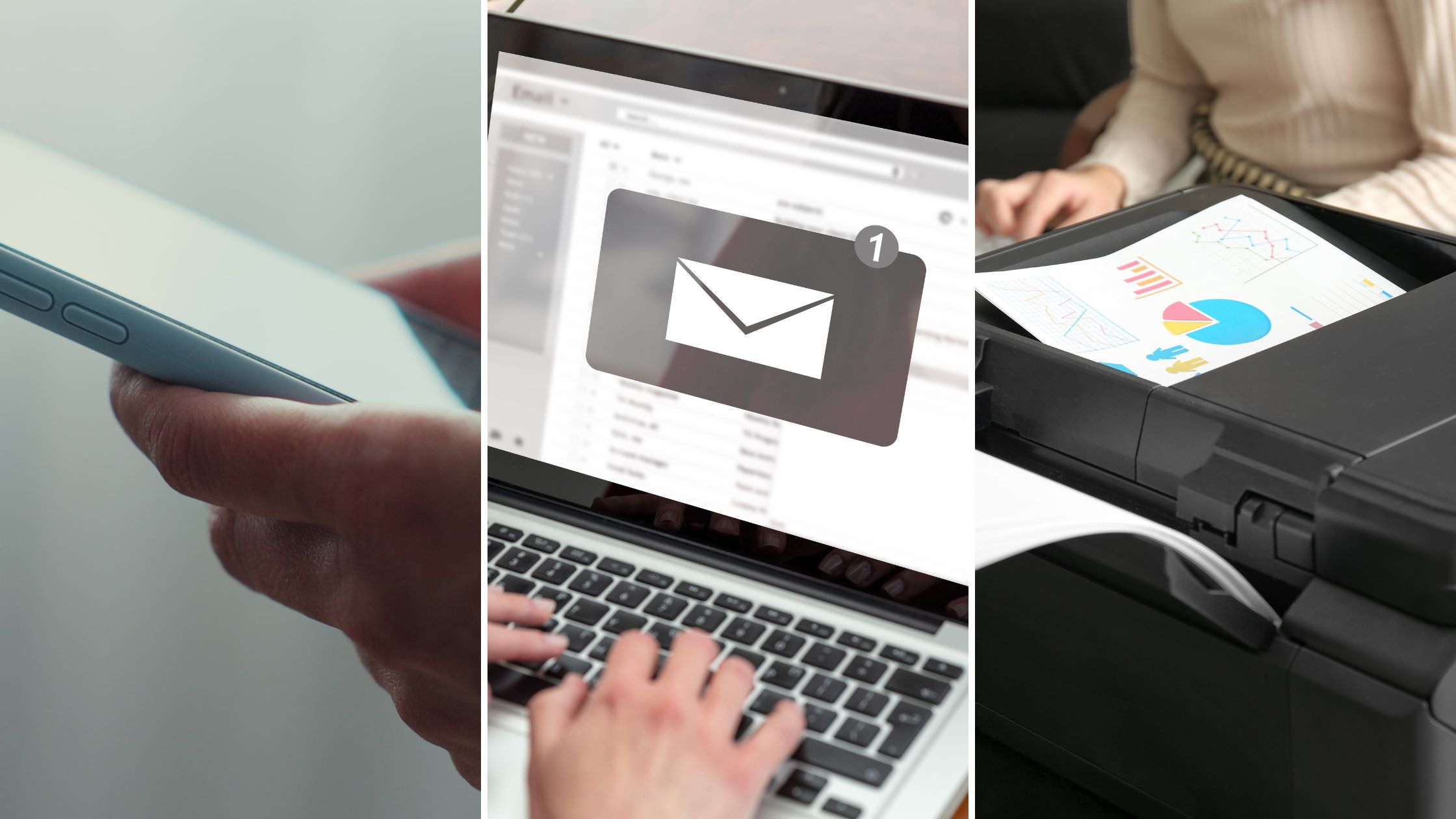Text, Email, or Print? Choosing the Right Communication Method for Your Patients
In the digital age, healthcare providers have more ways than ever to communicate with patients. From text message reminders to email follow-ups and traditional print mail, each method offers unique benefits—and challenges. But how do you know which channel is best for your patients?
The answer lies in balancing patient preferences, regulatory requirements, and the specific nature of the communication. Here’s how to make the right choice.
Understanding Each Communication Channel
Text Messaging
Text messages are quick, convenient, and ideal for short, time-sensitive reminders like:
- Appointment confirmations
- Prescription pickup notices
- Simple wellness check-ins
However, texting is not suitable for sharing personal health information unless specific consent is obtained and the platform used is secure and HIPAA-compliant.
Email is useful for longer messages, newsletters, or post-visit summaries. When encrypted, email can also be used to send documents like lab results or billing statements.
Pros:
- Easy to archive for patient reference
- Can include links, attachments, and educational content
Cons:
- Risk of emails being overlooked or flagged as spam
- Not always secure by default
Print Mail
Despite the rise of digital tools, printed communications remain essential—especially for:
- Older patients or those with limited internet access
- Legally required notifications (e.g., billing, privacy policy updates)
- Detailed or formal documents that require traceability
Print offers a tangible, professional format that is trusted by patients and supports compliance with HIPAA and state regulations.
Compliance Considerations
Patient communications must adhere to strict privacy standards. Here are a few guidelines:
- HIPAA Compliance: Always use secure, encrypted methods when PHI is involved.
- Consent and Opt-In Requirements: Patients must opt in to receive texts or emails in many cases.
- Audit Readiness: Print mailings often come with proof of delivery and logs that support audit requirements.
What Patients Prefer
Studies show that patients value flexibility and choice. A 2022 survey by Accenture found that:
- 70% of patients want appointment reminders via text
- 50% prefer billing and follow-up by email
- 30% still favor print mail for sensitive or complex information
The key is not to pick one method over another—but to adopt a multi-channel strategy that lets patients choose how they receive information.
A Hybrid Communication Strategy
The most successful healthcare organizations don’t rely on a single channel. Instead, they use:
- Text for quick reminders and updates
- Email for follow-ups and educational content
- Print for official documents and regulatory notices
Platforms like Lineage allow healthcare providers to manage all three communication types in one secure, compliant environment.
Final Thoughts
Choosing the right communication method doesn’t mean guessing. It means knowing your patients, respecting their preferences, and meeting compliance requirements across all channels. With a thoughtful, hybrid strategy, you can improve patient satisfaction, boost engagement, and ensure peace of mind.
Let Lineage help you connect with patients the right way—securely, efficiently, and compliantly.

